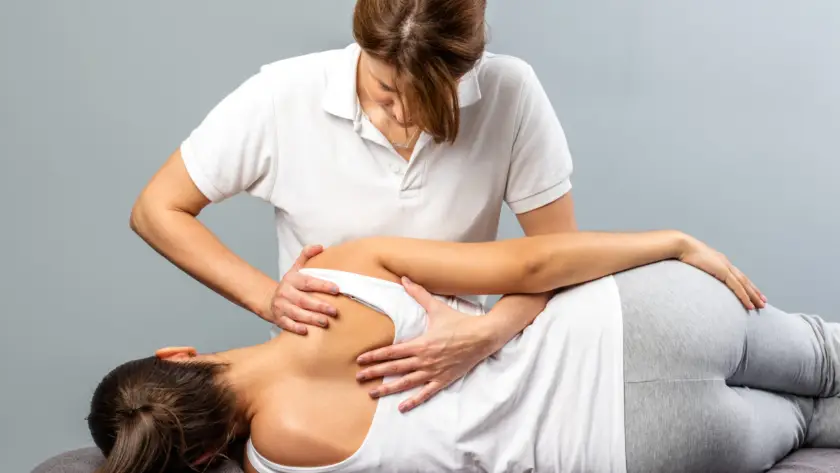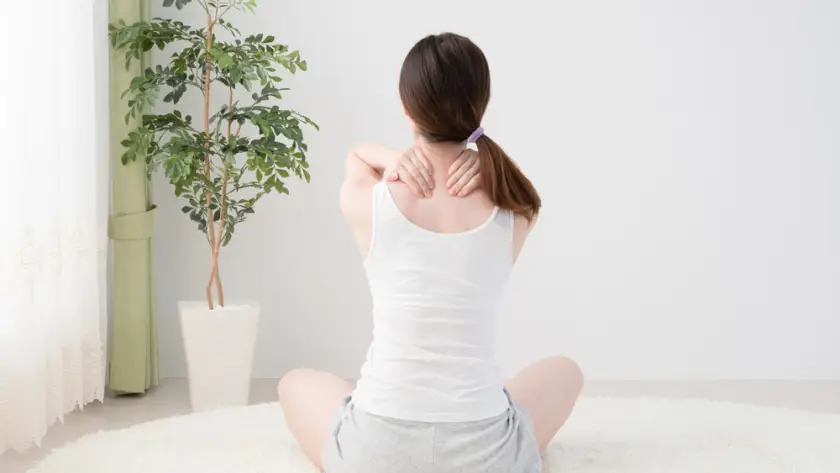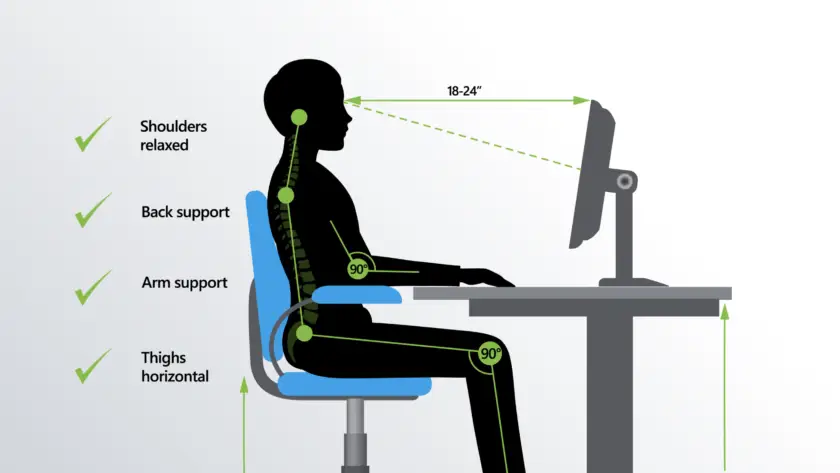
Chiropractic Articles, Massage Articles, Neck Pain Articles, Physiotherapy Articles
What is Osteopathy Treatment? Osteopathy treatment is a non-invasive therapy that aims to improve the patient’s overall health instead of treating a specific illness or group of symptoms. This is because symptoms occurring in one area of your body can be linked to a...

Massage Articles, Neck Pain Articles
Take Care of Yourself with These Self Massage Techniques You probably know that massage therapy offers many benefits. It can help relieve stress, improve circulation, reduce pain, restore flexibility, improve sleep, and more. The best way to take advantage of these...

Chiropractic Articles, Massage Articles, Neck Pain Articles, Uncategorized
Is working from home bad for your body? Contrary to popular belief working from home can be just as challenging as working at your office. You can develop bad posture if your workspace isn’t set up ergonomically to accommodate sitting for long periods of time in front...

Neck Pain Articles, Uncategorized
Relieve Your Neck Pain with These Techniques Neck pain is a common issue. That’s not surprising when you consider how much time most people spend hunched over a desk, a smartphone, or a steering wheel. It’s often caused by a strain in the neck muscles due to poor...




